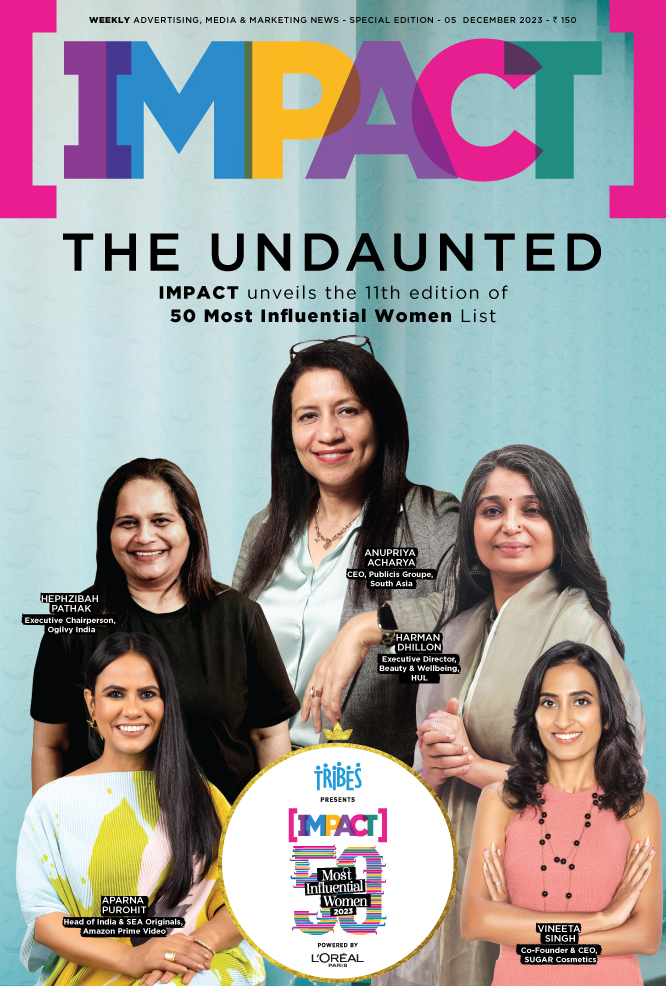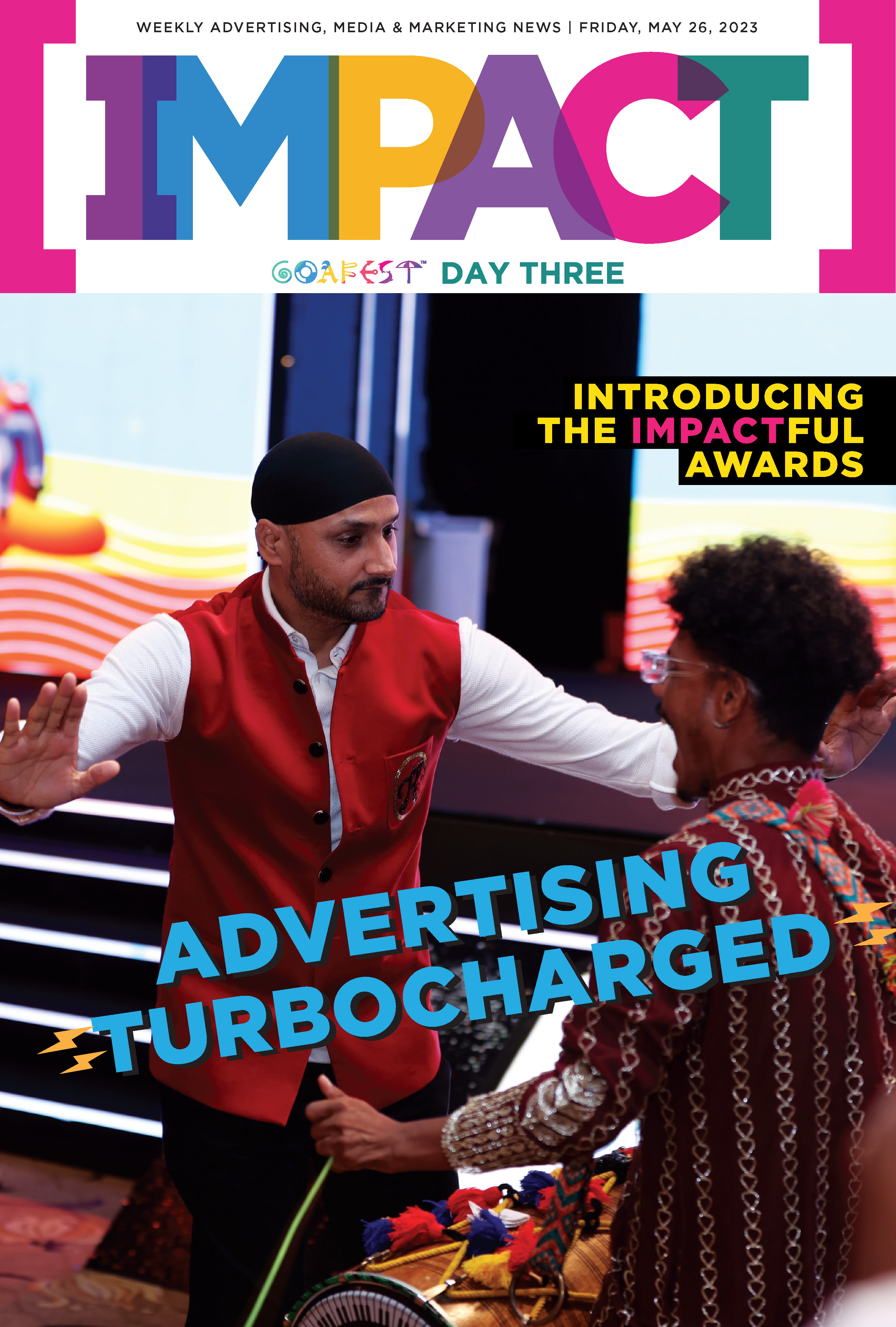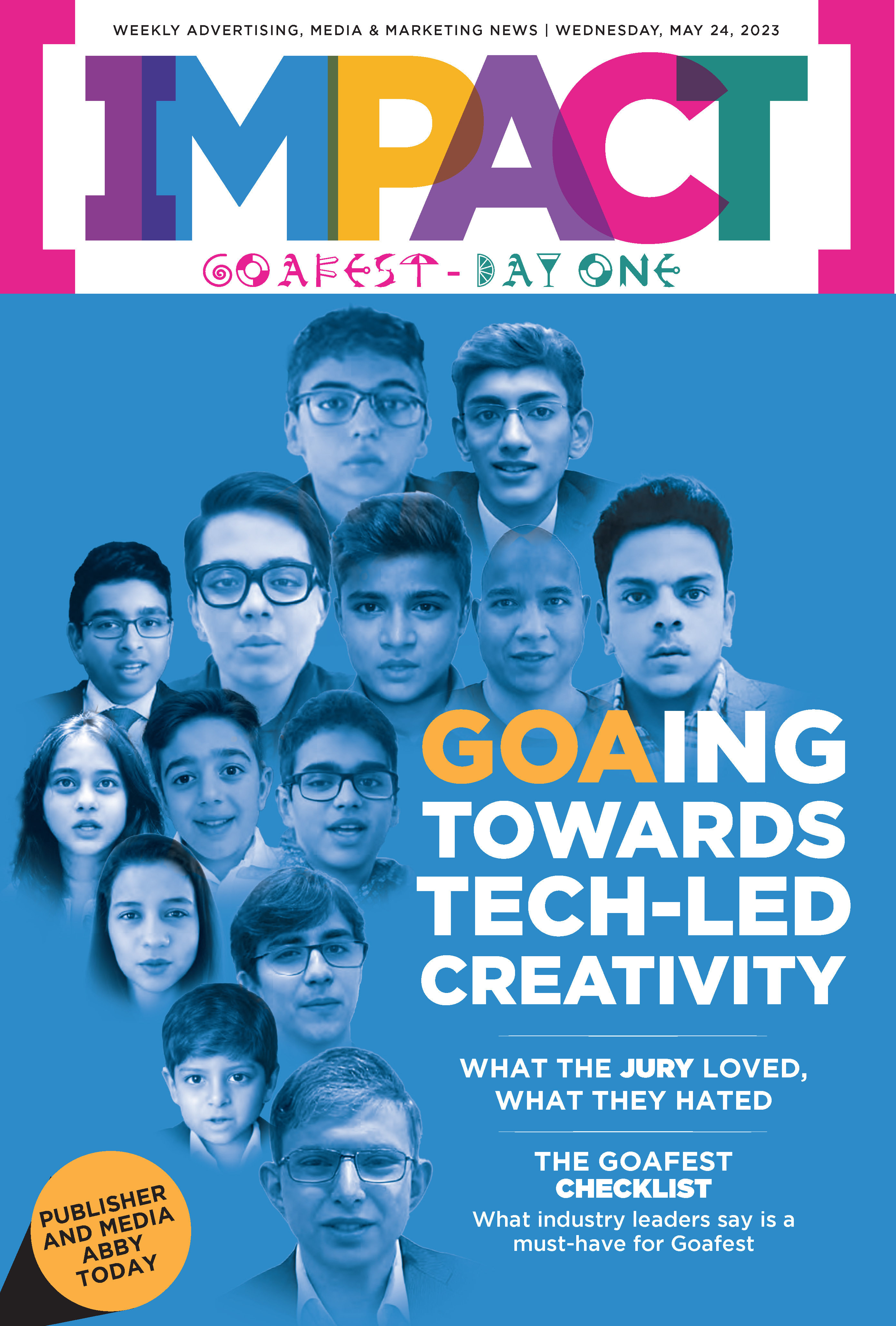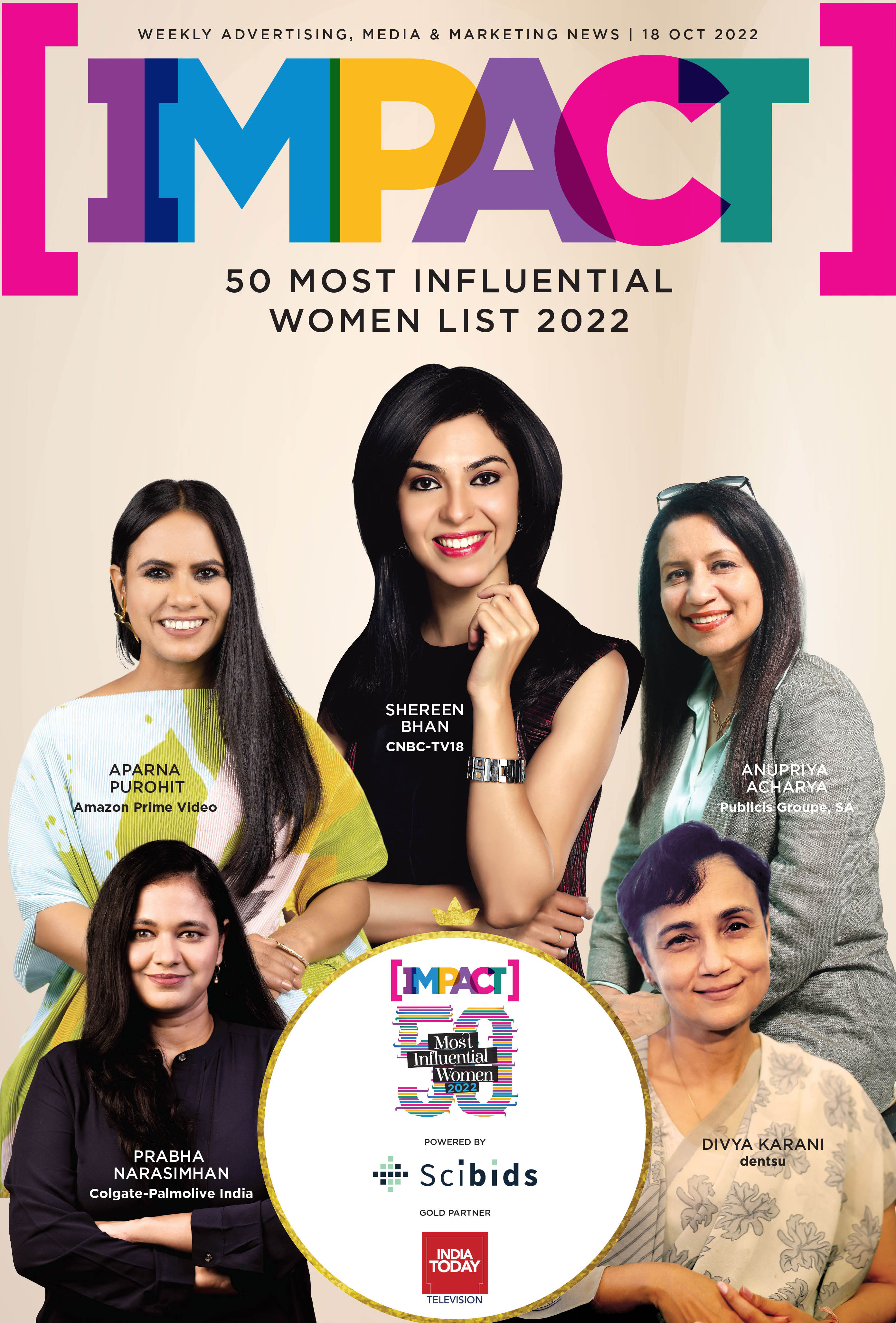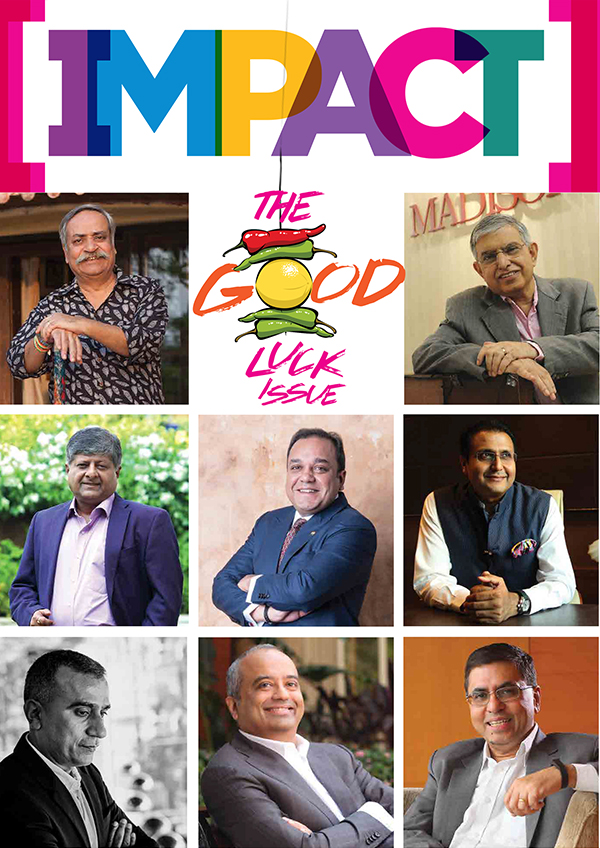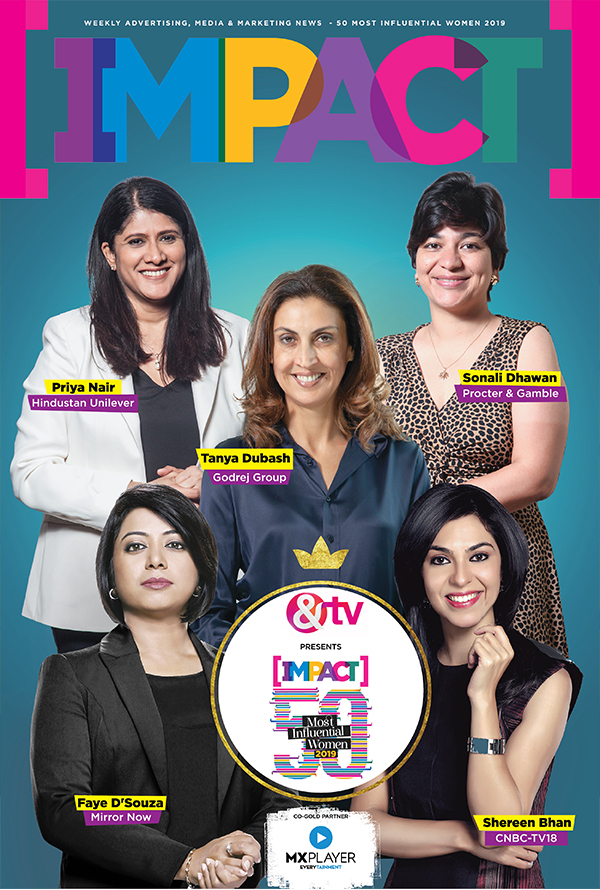As Stranger Things Season 5 premiers worldwide, and don’t worry - there are no spoilers ahead, IMPACT looks into the brand plugins and associations that powered the run-up to the biggest OTT releases of recent times: Stranger Things S5 and The Family Man S3. Somewhere between heated WhatsApp theories, snack-ordering deadlines and the imminent threat of Spoilers on Instagram - OTT releases have gone from being just casual entertainment to part of everyday culture. And that’s exactly why brands today don’t just advertise around shows, they plug themselves into the universe of fandom. The activations around the global supernatural thriller Stranger Things and India’s middle-class spy saga The Family Man have become the perfect case study. One takes us to a neon-lit supernatural world where nostalgia is a superpower. The other reminds us that heroism can be as exhausting as office meetings and daily chaos. One lets us escape. One shows us who we are. So, when brands stepped into these worlds, they didn’t just sponsor, they became part of the emotional currency with witty references and extensions to the multiverses of fiction. This is where the international vs Indian IP contrast gets interesting. Putting it simply, it’s fantasy versus reality, and collaborations work best when brands know exactly which emotion they’re cashing in on.
In 2025, Stranger Things Season 5 once again proved that a show can stop time for fans, and brands were quick to follow that cultural gravity. For many Indian marketers, the show is less a series and more a ready made universe, a shortcut to instant cool and global belonging. That is exactly why Abhishek Shetty, Marketing Head, Swiggy Instamart, says, “We noticed that our Instamart audience loves worlds that feel nostalgic yet thrilling. They want comfort in their routines but excitement in their choices. That insight made Stranger Things the perfect playground for us. We wanted this tie-up to feel like a true fan experience, not a sticker on a campaign. So we created InstaStrange.” InstaStrange is an immersive gesture-controlled store inspired by the telekinetic powers in the show, where fans could literally shop merchandise with hand movements. The collaboration also included a fan-facing digital campaign with creators and an on-ground Telekinesis Zone to bring the show’s energy into real life.
And that same instinct to respect the fan came through in another high-profile Stranger Things collaboration, one that actually happened long before the current season hype. Mondelez had tapped the fandom much earlier in 2022 during the launch of Season 4, showing that brands recognised the emotional power of the show well before it became a marketing trend. For Nitin Saini, VP – Marketing, Mondelez India, the collaboration was about riding a wave that audiences were already deeply invested in, “At that time, we had introduced a limited-edition Red Velvet OREO, and the creative cues of the show, especially the strong use of the colour red made it a natural fit. The show also enjoyed significant popularity among youth audiences, which aligned well with our priority consumer segment for that launch.”
This collaboration, though not associated with the current season, remains a strong example of how the brand tapped into pop culture moments in a way that felt relevant, playful, and engaging, showing how a global IP can be borrowed without losing a brand’s own playful voice.
Behind these tactical choices is a deeper shift in how OTT has rewritten marketing logic. Vinod Kunj, Founder and CCO, Thought Blurb Communications, summed it up by saying, “This is not the medium that speaks. It's the message. OTT is very different from broadcast media. Broadcast media went to where the customer was. Consumers go to where the entertainment is. This is a problem and an opportunity for all three parties, the consumer, the marketer and the producer of the professed entertainment.” For him, the power balance has moved decisively to the viewer, and brands must now compete for entry into ‘worlds’ rather than time slots.
Fashion and comfort wear joined the same cultural conversation with Clovia’s 2025 Stranger Things collection launch. As Suman Chowdhury, Co-Founder & COO, Clovia, explained, “Clovia launched the Stranger Things collection as a strategic play to combine its core strengths: trendy, comfortable nightwear with high-engagement pop-culture IP. This collaboration allowed the brand to stay culturally relevant while deepening customer loyalty. With its’ strong cultural influence and rising popularity season after season, Clovia identified the perfect moment to introduce a dedicated capsule collection.” The limited-edition line synced with the Season 5 release, continues Clovia’s streak of licensed themed collections with Netflix.
If wearability is one layer of fandom, collectability is another and that’s where Casio’s Stranger Things collaboration added a new dimension. As the Casio India Marketing Team explained, “Indian consumers today are highly engaged with global pop-culture and limited-edition drops, and we see a strong appetite for collaborations that offer emotional connection, storytelling, and distinctive design. Through any collaboration, the focus is simple: cultural relevance and consumer resonance.” For Casio, fandom today isn’t passive viewing, rather emotional ownership.
Together, the Stranger Things collaborations show that brands are no longer using OTT for just media hype but to anchor themselves inside fan identity. And that is exactly where the comparison with Indian IP begins to take shape. As Ajit Menon, Associate Director – Events & Digital Marketing Strategies, Passion 4 Communication (P4C), puts it, “consumer insight is the foundation, cultural relevance is the multiplier, and fandom is the amplification engine.” His view becomes particularly important when the conversation shifts from global IPs to homegrown storytelling.
When the lens shifts to The Family Man, the emotional palette changes from supernatural danger to real world pressure. Srikant Tiwari isn’t a fantasy hero, he’s an overworked Indian just trying to keep up. And that relatability lets brands tap into masculinity, responsibility and aspiration in a more grounded way. Pratik Ved, Vice President – Skin Care, Hindustan Unilever, said this was central to the Dove Men+Care partnership, “Indian men are moving away from old-school stoicism and slowly opening up to be more real. This shift shaped our partnership with Amazon Prime Video’s The Family Man. What made this collaboration work was the contrast at the heart of Srikant Tiwari’s character - a man who looks tough on the outside but is constantly navigating the softer, more caring side of himself.” HUL didn’t stop with grooming. Coffee brand Bru Gold rode the same wave with limited-edition The Family Man packaging and content tie-ups that leaned into the show’s spy-thriller vibe.
Automotive storytelling entered the same emotional space when Maruti Suzuki chose The Family Man’s world to place its Maruti Suzuki Victoris SUV. Partho Banerjee, Senior Executive Officer, Marketing and Sales, Maruti Suzuki India Ltd, said, “The Family Man resonates with India’s evolving digital-first audience, balancing relatability and intrigue. For Maruti Suzuki, this partnership was about embedding Victoris into a narrative that mirrors our #GotItAll philosophy: versatility, reliability, and modernity. By aligning with a culturally iconic OTT IP, we connect authentically with consumers where entertainment and aspiration intersect.” The SUV wasn’t the only one riding the wave, Season 3 brought a verified lineup of official brand sponsors, including Acko and Kohler, each using the show to meet audiences at the intersection of entertainment and aspiration.
If these are examples of emotional alignment, The Family Man’s tie-up with Zepto showed how Indian IP can also deliver very functional solutions. Menon explained, “The most successful collaborations happen when brands understand the functional tension their audience is already experiencing while watching the show, and solve for it, rather than just borrowing the show's brand equity. Take The Family Man Season 3's collaboration with Zepto.” Zepto enabled the ‘Mission Binge’ activation on its platform, where users searching for The Family Man, between 6 pm and 12 am during launch weekend were led to a curated ‘Binge Supplies Needed for 6 Hours’ basket, a direct nod to the season’s runtime and a behaviour fans were already living.
The choice between Stranger Things and The Family Man is therefore not just about scale; it’s a strategic decision about whether a brand wants to ride borrowed global prestige or build depth in local relevance. Menon’s broader view is that global IP is ideal when the brief is aspiration, premiumisation and youth appeal in metros, whereas Indian IP excels when brands need conversations that travel beyond big cities and feel rooted rather than imported.
Kunj reminds marketers that audiences are far more fluid than old categories allowed. As he notes, “David Ogilvy once said, ‘The customer is not an idiot. She is your wife’. And she is watching a Korean couple fall in love in ‘Crash Landing On You’.” That line underlines how today’s viewer can seamlessly move from Narcos to Mismatched to The Family Man, and still make room for global sci-fi like Stranger Things in the same week.
Shiraz Khan, Founder & Director, Spicetree Digital Agency, argues that while global IP brings scale, it is cultural fit that makes a collaboration feel real, “The magic really happens at the point where cultural relevance, consumer insight and fandom strength, all three meet, but I think that the first is the most important thing that makes everything else work in the Indian market. Understanding what consumers want helps us figure out which shows are really making people talk about them.” For him, success is not just being present where the audience is, but being present in how they talk, joke and share.
Practice is what separates the pull of Stranger Things and The Family Man. The former gives Indians a global badge of cool, a world to signal pop-culture credibility. The latter offers a mirror, proving that middle-class homes and their secrets are stories worth telling. However, Khan notes that when Indian IP is written in our cultural language, it gives brands natural entry points into real life, from local markets to everyday families.
In the end, the streaming universe hasn’t forced brands to choose between these two poles as much as it has forced them to choose where on the emotional spectrum they want to live. For a binge-watching nation that cancels plans for cliffhangers, the real collaboration test is simple now: if the brand fits the world, audiences welcome it into their screens; if it feels forced, they swipe, skip or scroll away. The next few quarters will show if collaborations remain opportunistic tie-ins, or mature into strategic marketing models that sit at the core of brand building.








.png)









